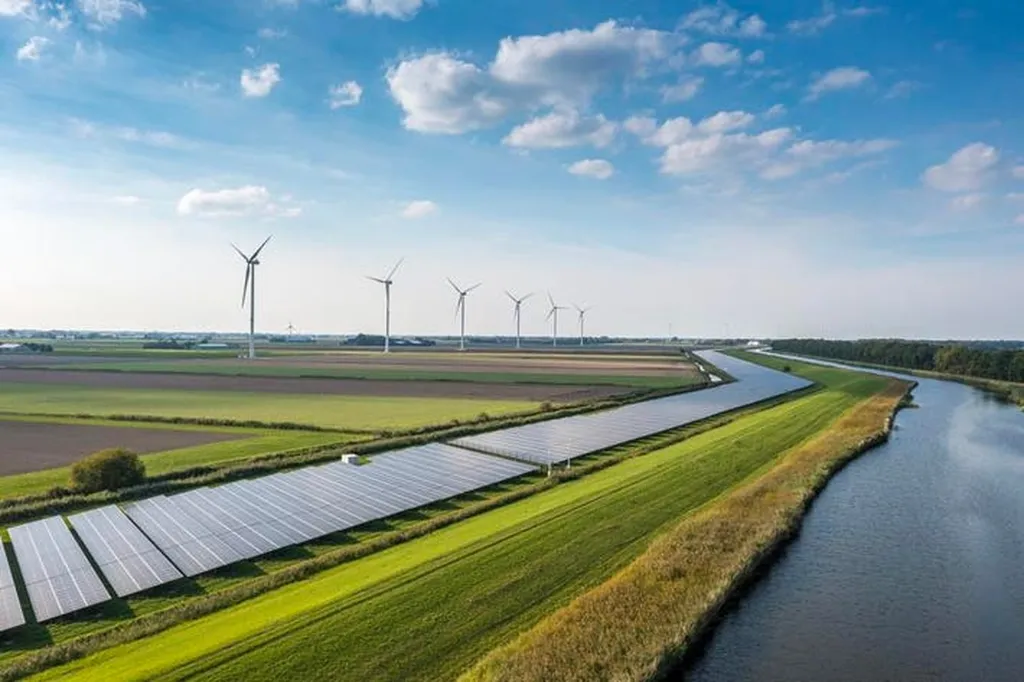In the heart of China’s Liaoning Province, researchers are harnessing the power of machine learning to revolutionize soil analysis, with implications that could ripple through the energy sector. Jiyang Wang, a scientist at the School of Artificial Intelligence at Shenyang University of Technology, has led a groundbreaking study that demonstrates how satellite imagery and advanced algorithms can predict soil texture and color with remarkable accuracy.
The study, published in *Scientific Reports* (translated from Chinese as *Scientific Reports*), focuses on two machine learning algorithms: support vector regression (SVR) and decision tree regression (DTR). These algorithms were trained to estimate soil properties using data from the MODIS sensor on satellites. The results were striking. “The SVR method outperformed DTR in every metric we measured,” Wang explained. “This suggests that SVR could be a game-changer for soil analysis, offering a more precise and cost-effective way to gather critical data.”
Soil texture and color are vital for land-use planning and precision agriculture, but traditional methods of analysis can be time-consuming and expensive. Wang’s research offers a solution that could transform these processes. By analyzing satellite imagery, the SVR algorithm can predict soil properties with high accuracy, reducing the need for labor-intensive fieldwork. This could lead to significant cost savings and more efficient land management practices.
The implications for the energy sector are particularly compelling. Accurate soil analysis is crucial for identifying suitable locations for renewable energy projects, such as wind farms and solar panels. Understanding soil texture and color can help determine the stability and suitability of land for these installations. “This technology could streamline the planning and implementation of renewable energy projects,” Wang noted. “By providing high-quality soil data quickly and affordably, we can accelerate the transition to cleaner energy sources.”
The study also highlights the potential for further advancements. Wang suggests that combining SVR with optimization techniques like genetic algorithms could enhance the accuracy of soil predictions even further. This could open up new possibilities for precision agriculture and land management, benefiting not only the energy sector but also agriculture, forestry, and environmental conservation.
As the world grapples with the challenges of climate change and the need for sustainable energy solutions, research like Wang’s offers a beacon of hope. By leveraging the power of machine learning and satellite technology, we can gather the data we need to make informed decisions about land use and energy production. The future of soil analysis is here, and it’s looking brighter than ever.

